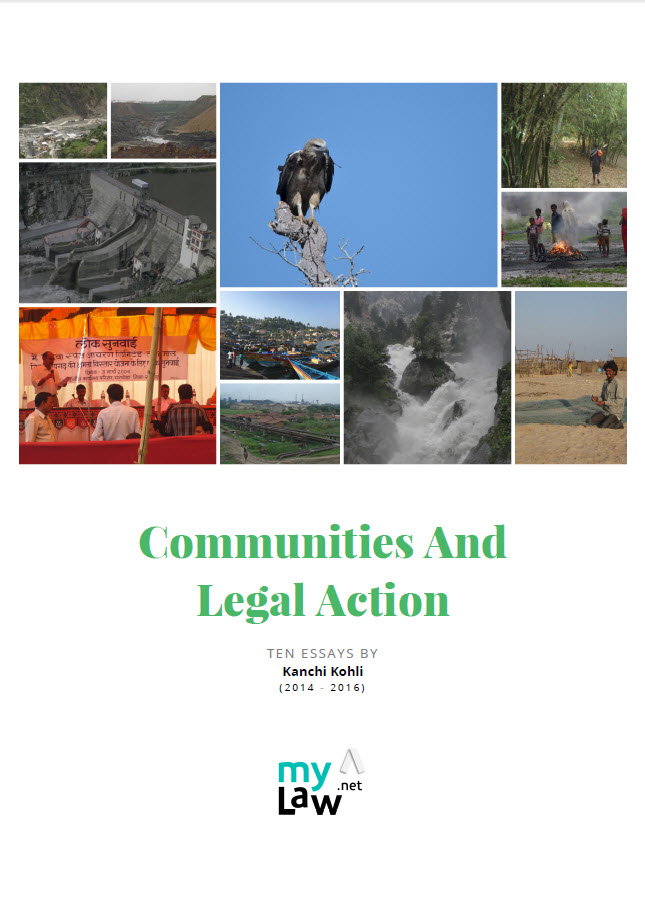India’s strong environmental protection norms were meant to reduce the imbalance in negotiating positions between the promoters of industrial projects and those likely to be affected by them. Judged on that metric alone, they have largely met with failure. The effects of the violations of these norms have tended to fall disproportionately on people who suffer from several other forms of deprivation that limit their access to the tools of governance and justice. There remains a vast gap between law and practice, one that often looks insurmountable.
While much can be done to reduce the complexity of governance and make it more accessible, the lasting impact of environmental degradation requires affected communities to take immediate steps. If they wait for law and governance to match the constitutional aspirations of transparency and popular participation, they are likely to suffer irreparable damage to their lives and livelihoods. As successive governments underline the importance of rapid industrialisation, it is vital that affected communities use the tools of law to monitor compliance with environmental norms and also prevent and counter the damage caused by them.
That said, barriers to engagement with environmental governance cannot be wished away. A level of paralegal training may be needed before the tools of environmental law can be effectively used. And given the number of industrial projects coming up all over India, a cadre of people with legal and paralegal training may need to mediate with environmental governance on behalf of affected communities. More than a rigorous knowledge of the black letter of environmental law, this requires a practical understanding of how to use it. Avenues for such practical training in environmental law and governance are unfortunately limited, even for those who are pursuing a law degree full time.
At myLaw, we aim to create scalable solutions to address such gaps that law students and legal practitioners face in their learning. This series of essays by Kanchi Kohli, published on www.myLaw.net between 2014 and 2016, distills her enormous experience of effectively moving the levers of environmental governance while working with affected communities. For those who want to work to secure environmental justice, it contains important lessons that can be used to make the best of the system of Environmental Impact Assessments, compensatory afforestation law, and the land acquisition law, to name just a few. With the release of all the essays together in this document, we are excited that many more people will be able to access and use them to bridge the gap between the law and practice of environmental law.

